A heavy dusky perfume wafts through the bushland announcing that the sandalwood
Santalum spicatum is blooming.
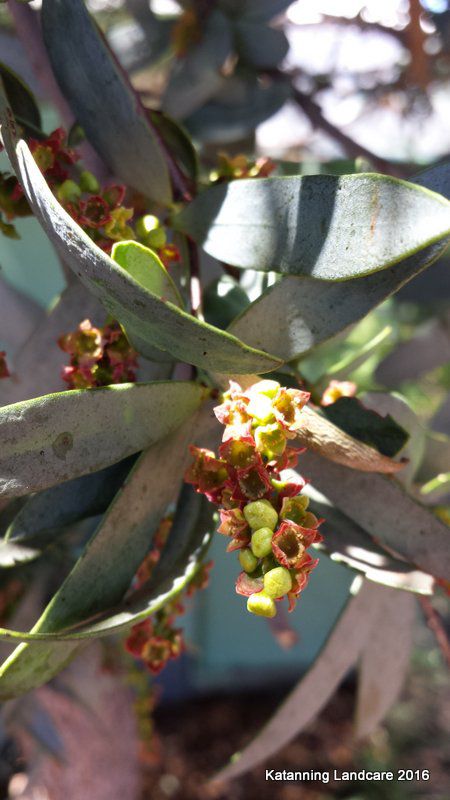
Unremarkable blooms with a perfume punch
This much sought after native was one of the first exports from the colony of Western Australia.
Sandalwood is a small shrubby tree to 4 metres with thick fleshy pale green leaves.
Like
Mistletoe, Sandalwood relies on host plants for nutrients. The Sandalwood attach themselves to the host plants by special root adaptations called Haustoria. The main host species are Acacias, Casurinas and members of the Proteaceae family.
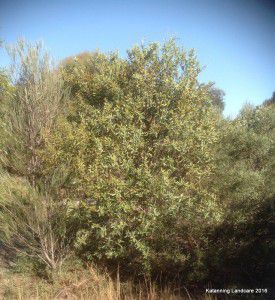
Sandalwood centre surrounded by hosts
The fruit of Sandalwood are globular about the size of a ping pong ball. They start green, then turn red and brown as they age. This cover over the fruit becomes dry and is easily removed to reveal a hard shell covered nut. The nut is edible but without flavour.
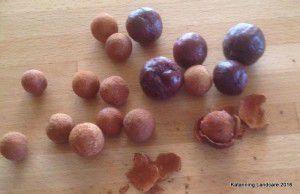
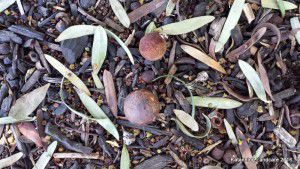
Sandalwood fruit
prized by the perfume industry is found in the heartwood of the tree. To get the oil the tree is destroyed. Wild harvesting of Sandalwood is strictly controlled to preserve stocks.
Sandalwood and Quandongs have a special relationship with the
Spotted Jezebel Butterfly which will only lay its eggs on these parasitic plants.
Sandalwood are easy to grow in the garden as long as you have a few host species growing. Seed is available at Katanning Landcare.
Try growing a Perfume Princess in your garden!
 Sandalwood oil prized by the perfume industry is found in the heartwood of the tree. To get the oil the tree is destroyed. Wild harvesting of Sandalwood is strictly controlled to preserve stocks.
Sandalwood and Quandongs have a special relationship with the Spotted Jezebel Butterfly which will only lay its eggs on these parasitic plants.
Sandalwood are easy to grow in the garden as long as you have a few host species growing. Seed is available at Katanning Landcare.
Try growing a Perfume Princess in your garden!
Sandalwood oil prized by the perfume industry is found in the heartwood of the tree. To get the oil the tree is destroyed. Wild harvesting of Sandalwood is strictly controlled to preserve stocks.
Sandalwood and Quandongs have a special relationship with the Spotted Jezebel Butterfly which will only lay its eggs on these parasitic plants.
Sandalwood are easy to grow in the garden as long as you have a few host species growing. Seed is available at Katanning Landcare.
Try growing a Perfume Princess in your garden!
 Sandalwood oil prized by the perfume industry is found in the heartwood of the tree. To get the oil the tree is destroyed. Wild harvesting of Sandalwood is strictly controlled to preserve stocks.
Sandalwood and Quandongs have a special relationship with the Spotted Jezebel Butterfly which will only lay its eggs on these parasitic plants.
Sandalwood are easy to grow in the garden as long as you have a few host species growing. Seed is available at Katanning Landcare.
Try growing a Perfume Princess in your garden!
Sandalwood oil prized by the perfume industry is found in the heartwood of the tree. To get the oil the tree is destroyed. Wild harvesting of Sandalwood is strictly controlled to preserve stocks.
Sandalwood and Quandongs have a special relationship with the Spotted Jezebel Butterfly which will only lay its eggs on these parasitic plants.
Sandalwood are easy to grow in the garden as long as you have a few host species growing. Seed is available at Katanning Landcare.
Try growing a Perfume Princess in your garden!




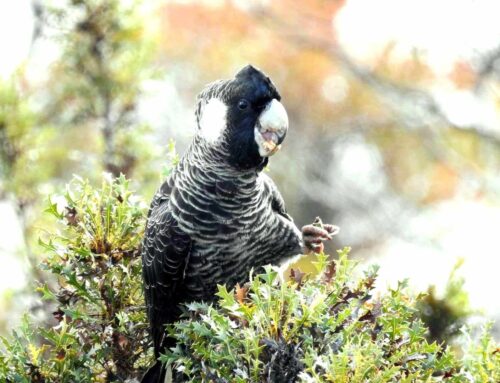

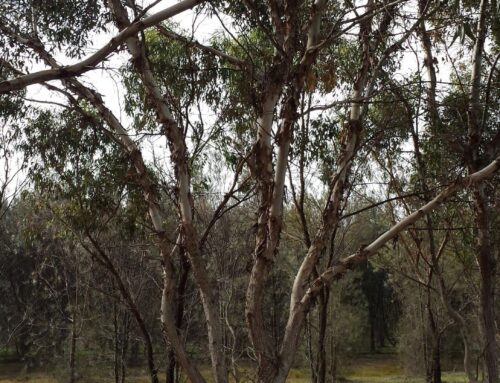
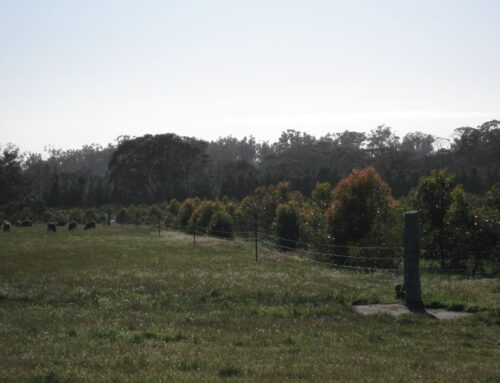
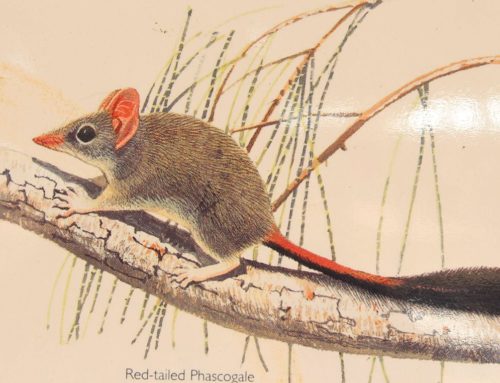
Leave A Comment